Within two minutes of ceding control of my Audi A7 to the car itself, I’m about to experience the hair-whitening potential of an autonomous vehicle.
Lost in conversation, with my arms folded and feet clear of the car’s pedals, and dimly aware of the A7’s smooth, impromptu change from the middle to the inside lane of the autobahn out of Ingolstadt, I fail to clock, firstly, the telltale fragment of tyre carcass lying in the road and, second, the fully loaded car transporter it came from blocking my path just 250 metres ahead.
And then I do. Amazingly, I barely react. Had I been driving the car, I would now be firmly on the brakes, arms stiffened, adrenalin pumping and checking my mirrors to see if the way was clear for me to nip to the next lane, or whether I must come to a dead stop.
Instead, I remain relaxed, the seriousness of the situation only slowly dawning on me before, arms still folded, I squeeze the brakes, which, I now realise, the car is already operating, albeit with no sense of urgency.
Granted, my reactions may have been dulled by the test driver alongside me who, at the same moment, spots the stranded truck and brakes hard using his duplicate pedal. Without doing so, we would almost certainly have hit the truck.
“The car’s radar has a viewing range of 250m and ‘saw’ the truck but the law governing the testing of piloted cars does not allow test cars to apply more than 3m per second squared of braking effort on their own, so we must intervene,” explains the test driver. “Nor does it permit the car to turn the wheel too fast to avoid an accident.”
Of course, the sudden reactive behaviour he is describing ought to be a thing of the past in the brave new world of piloted cars (Audi prefers that term to ‘autonomous’, which, it says, promises too much).
Accordingly, a key component of Audi’s piloted vehicles will, says Arne Bartles, a member of Audi’s Assistance Systems pre-development team, be their ability to connect with a cloud-based early warning system. This will use data from fellow road users’ mobile phones to monitor traffic speed and density, and alert piloted vehicles to a traffic jam or stranded vehicle.
“The piloted car will know in advance if there is danger ahead and be prepared to take appropriate action, whether that is changing lanes or coming to a controlled stop,” Bartles tells me during my pre-drive briefing.
Would the car have anticipated the road workers busy in the outside lane who, later on in my drive and without warning, suddenly appeared? The A7 certainly didn’t slow down or even move away from them within its lane as it sped close by them at 80mph. Had one of them stumbled and fallen into the car’s path, he might have been killed.

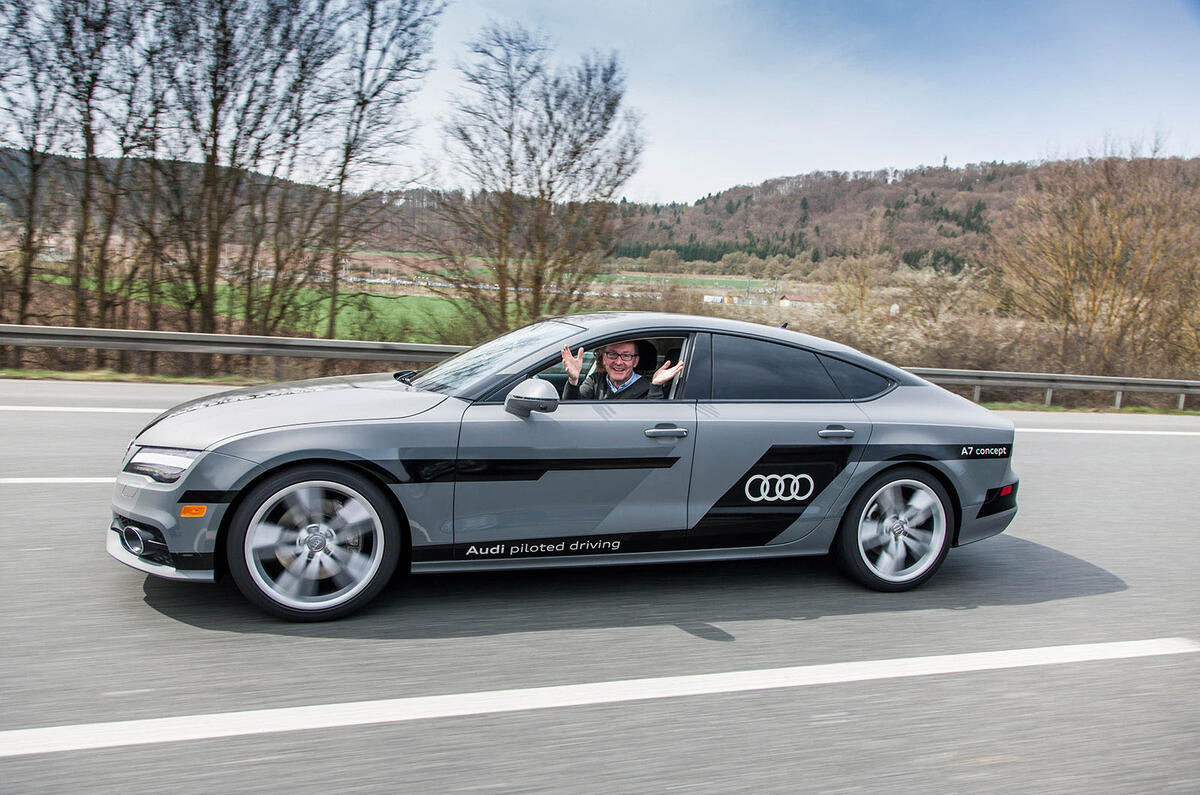
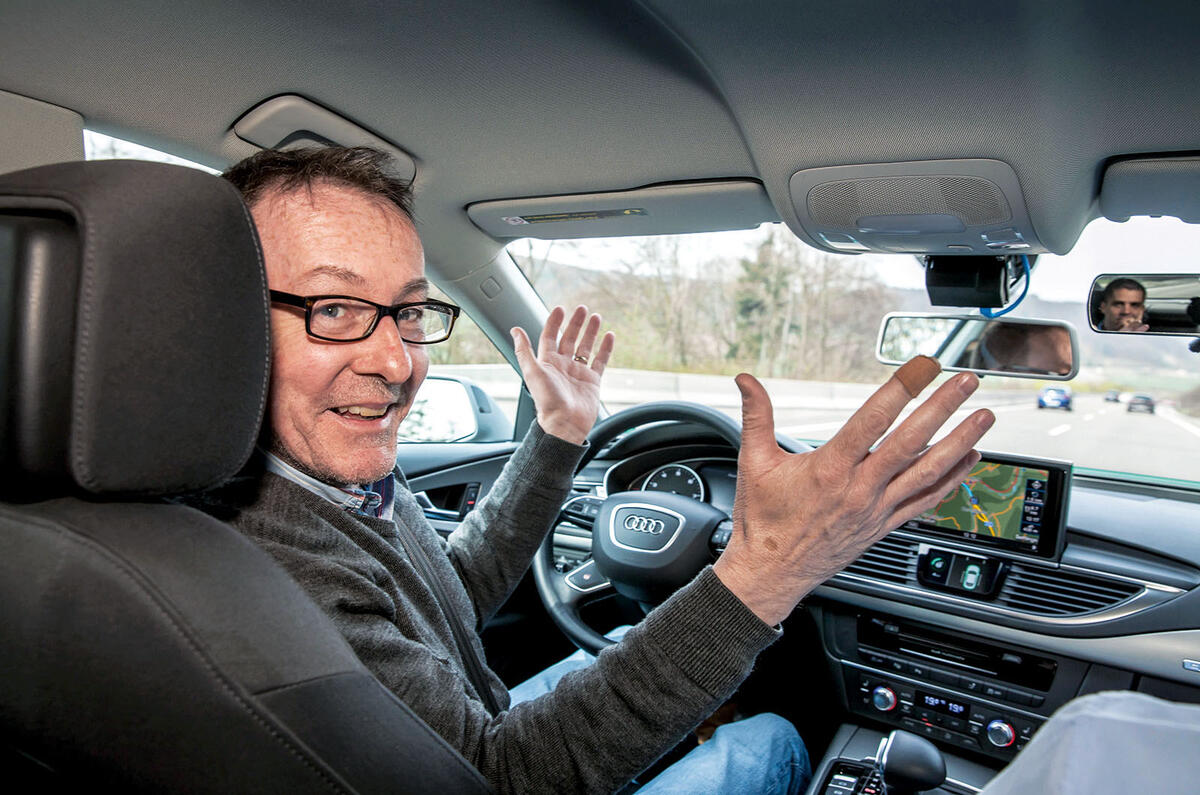
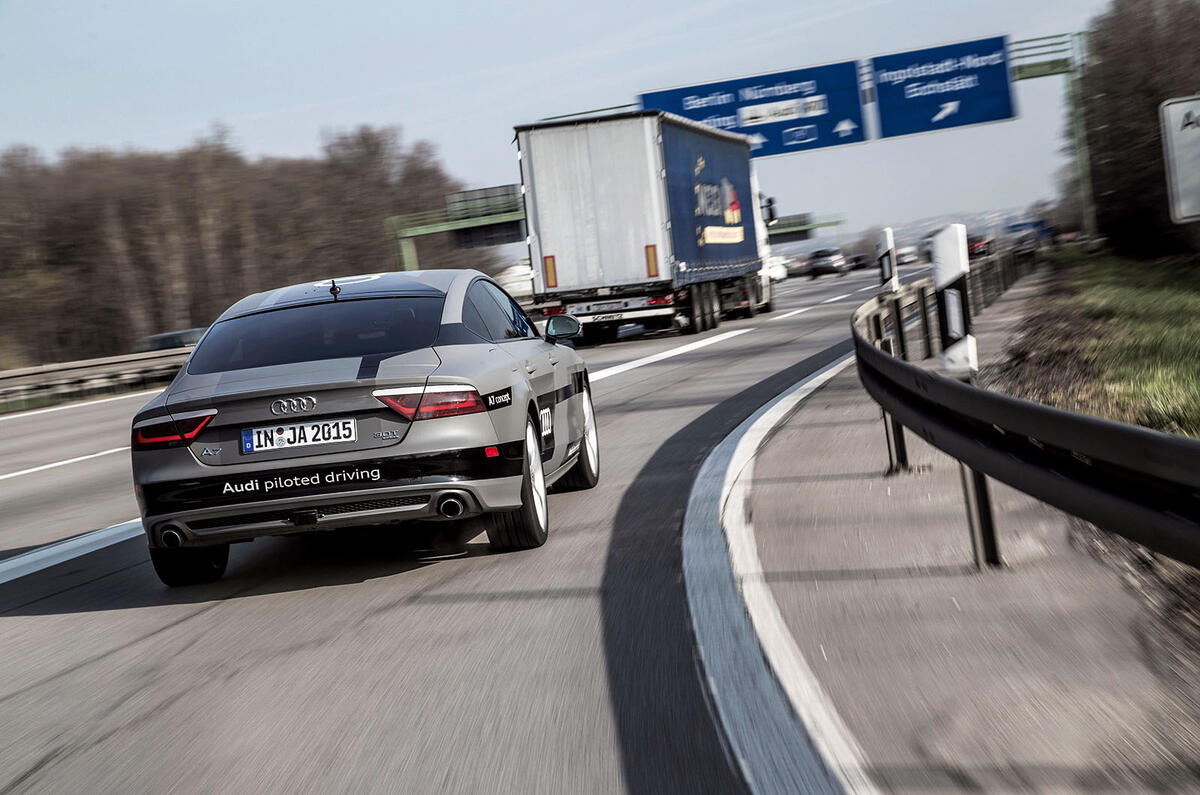
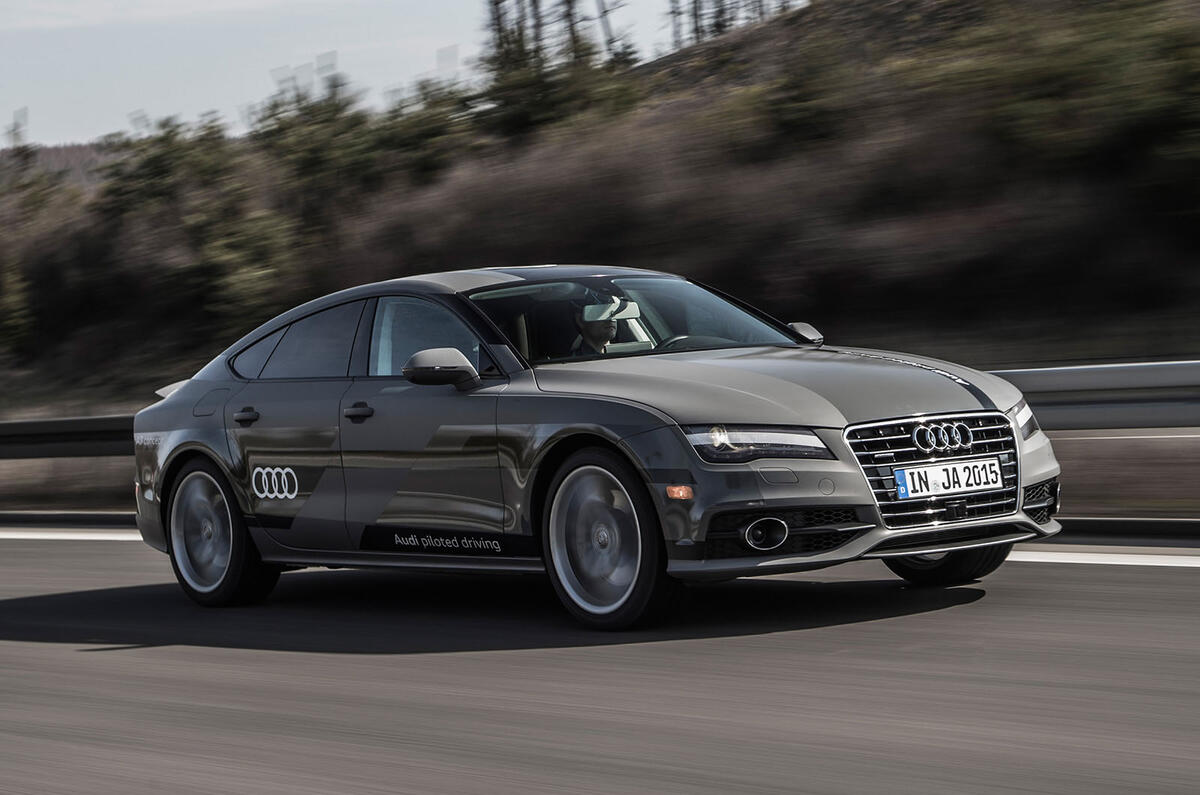
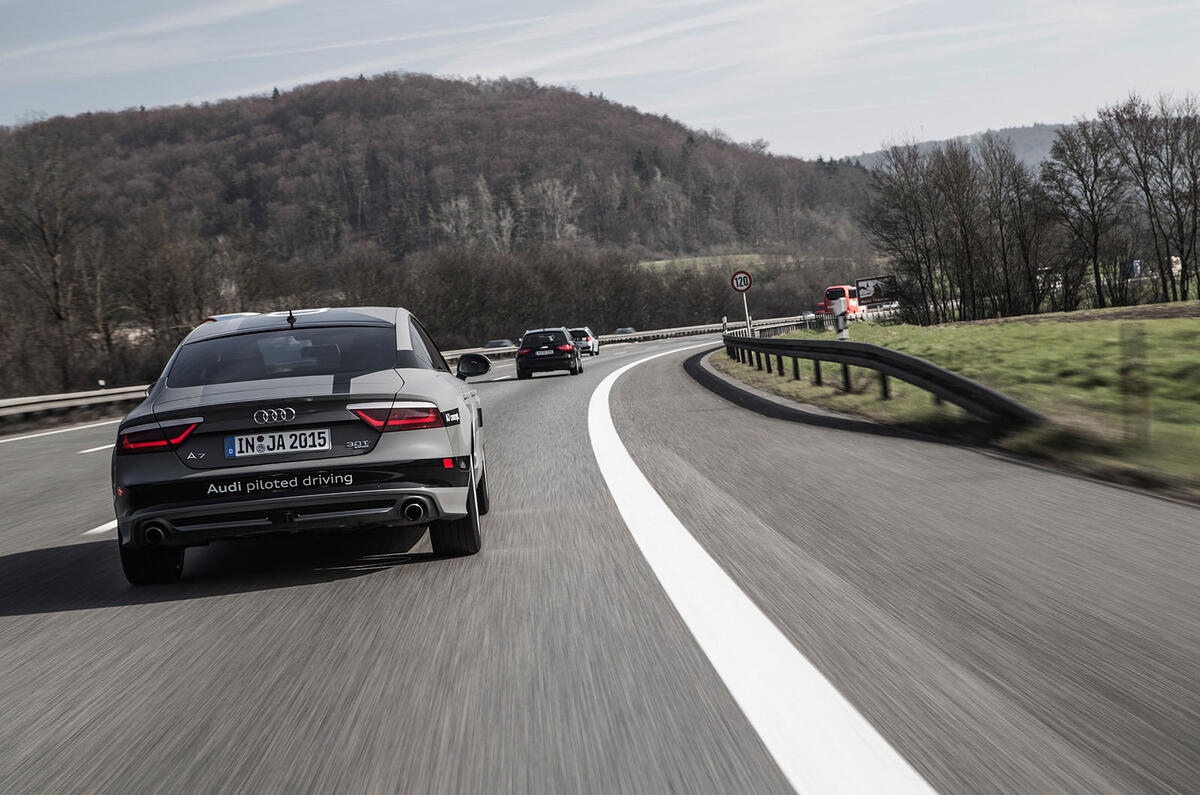
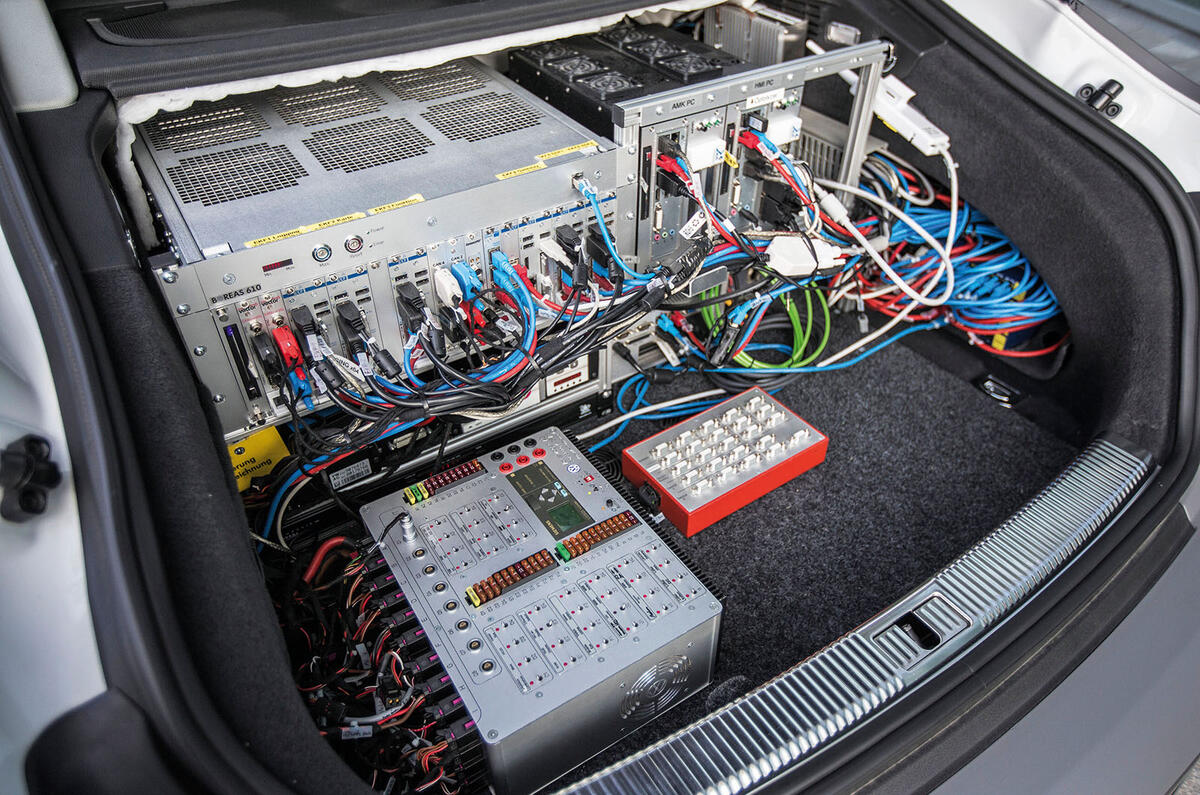
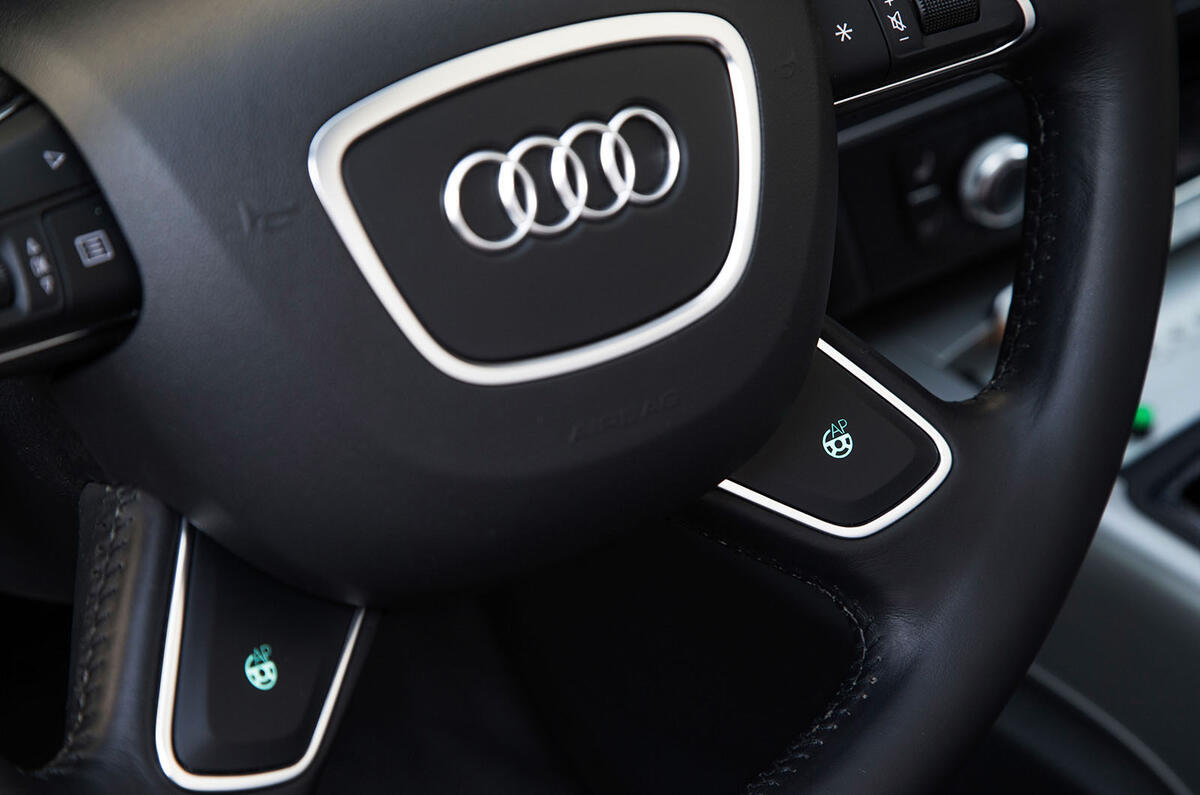
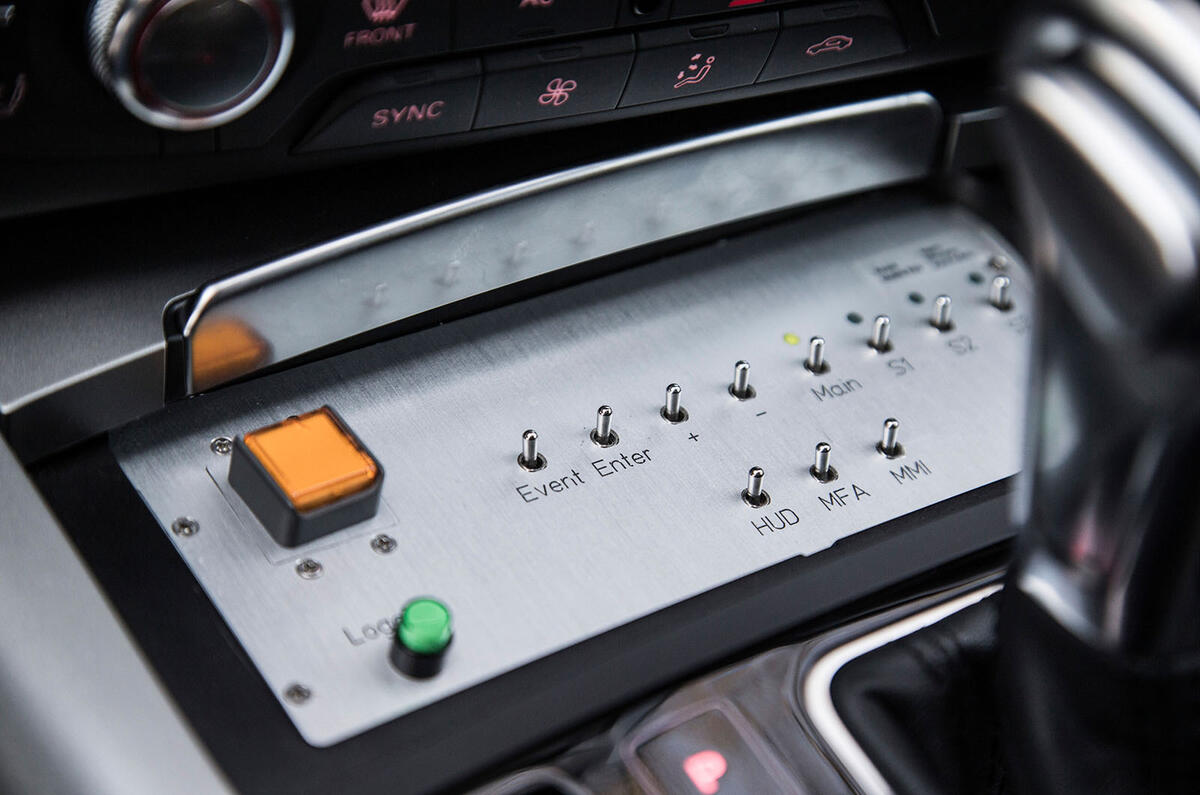
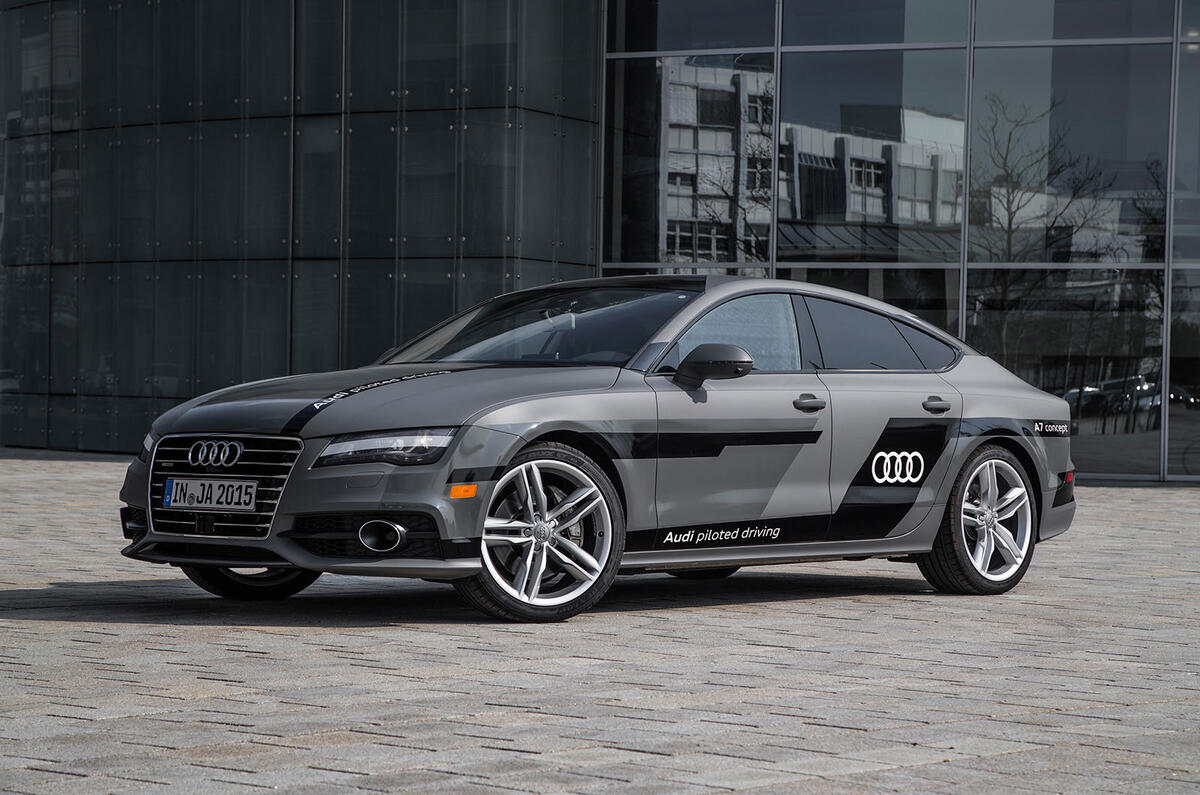
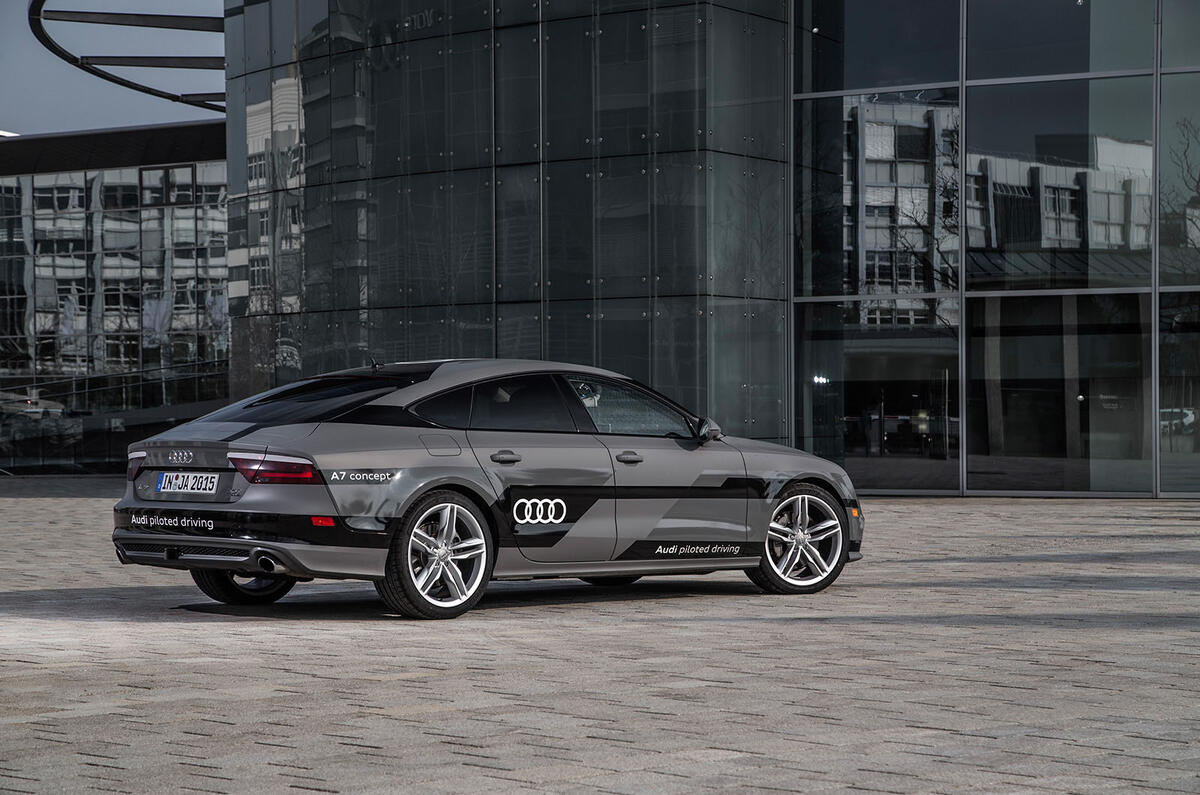
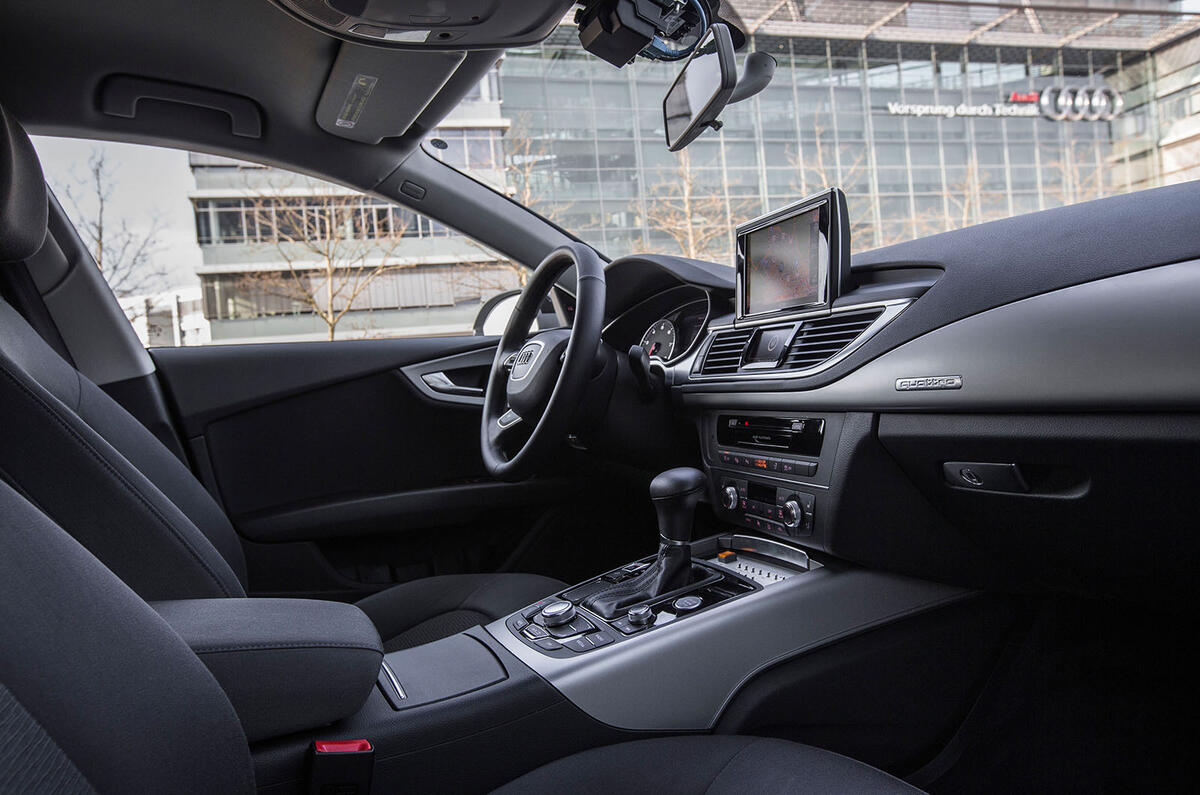
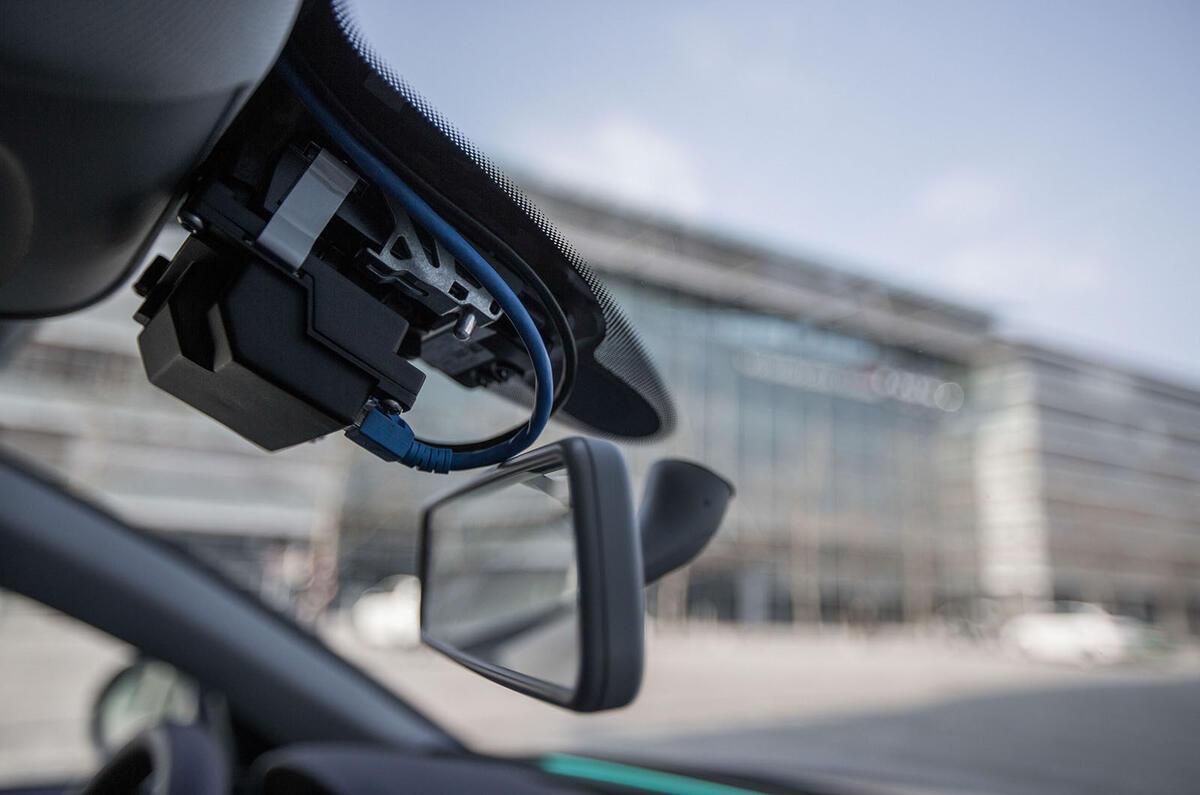
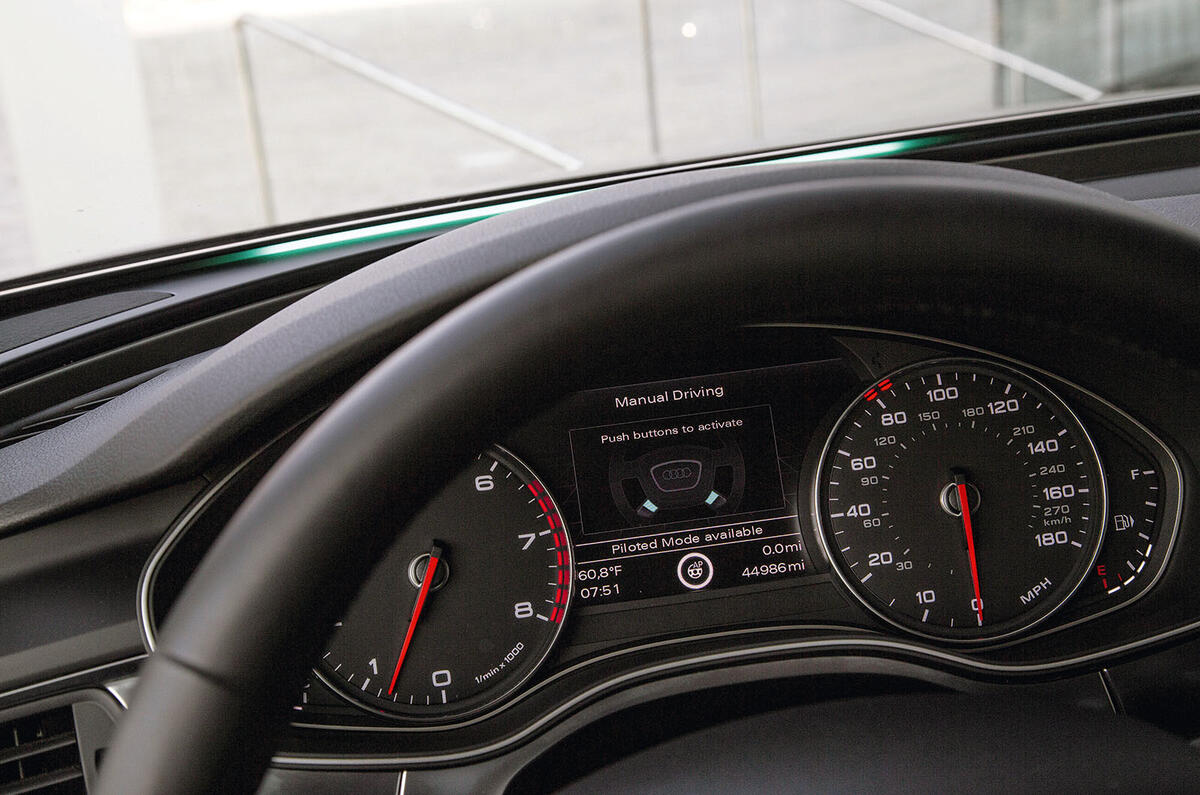
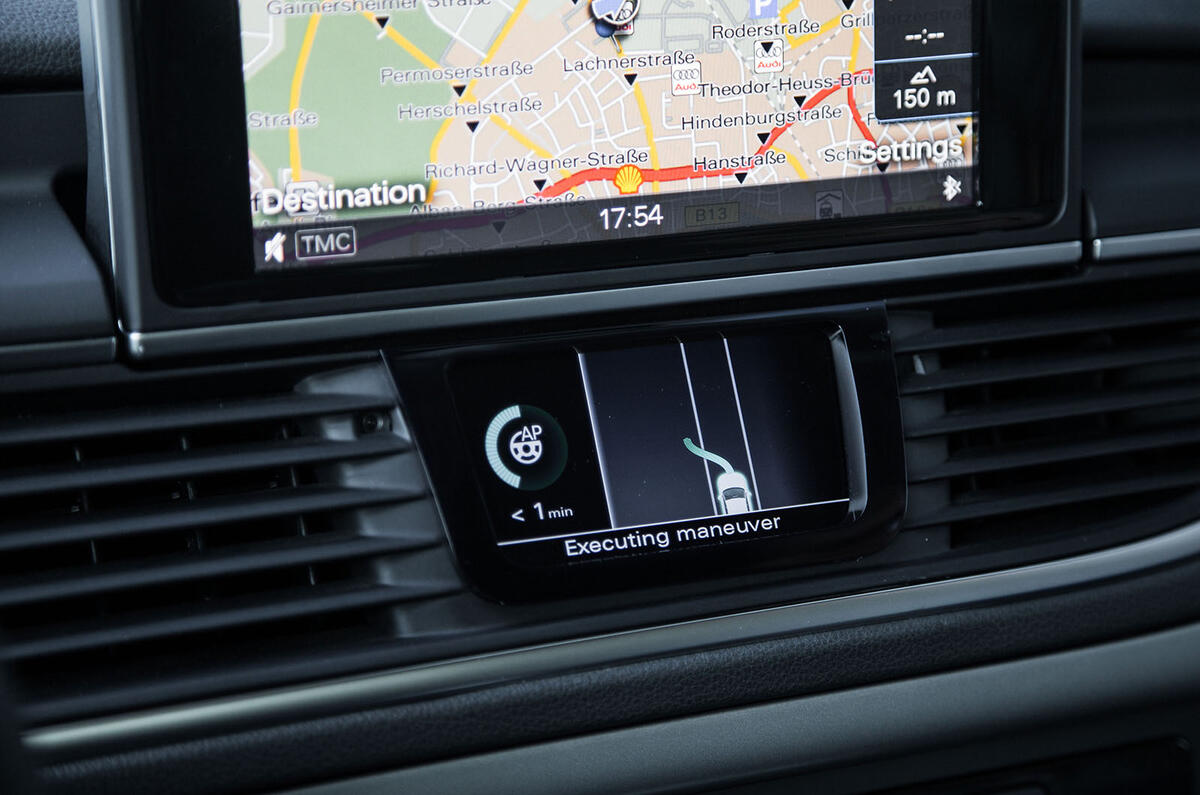
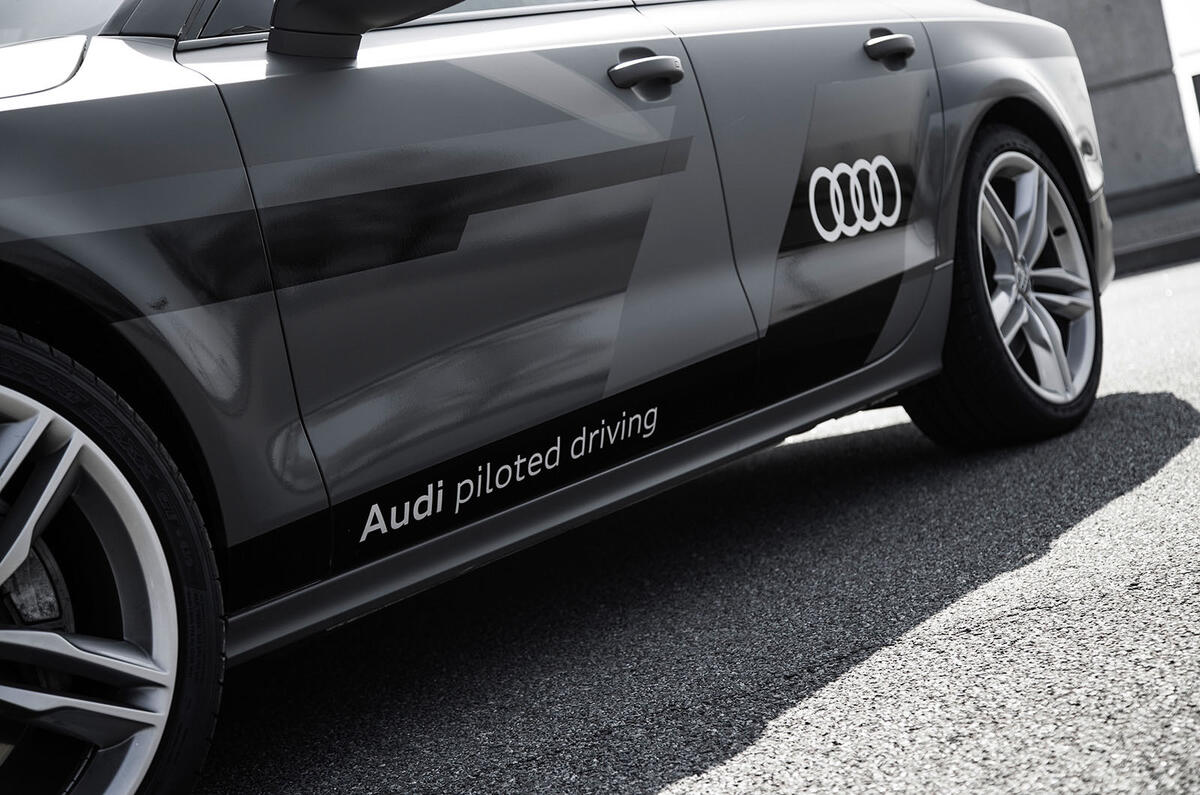
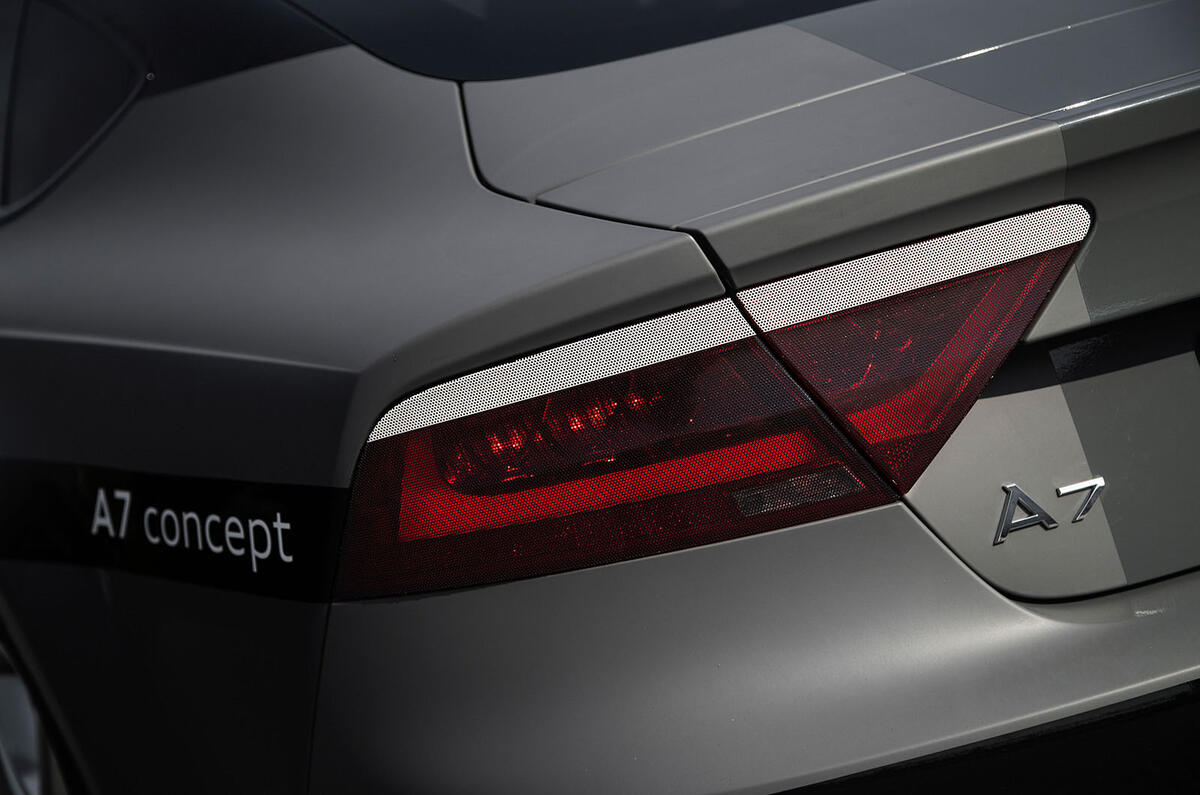
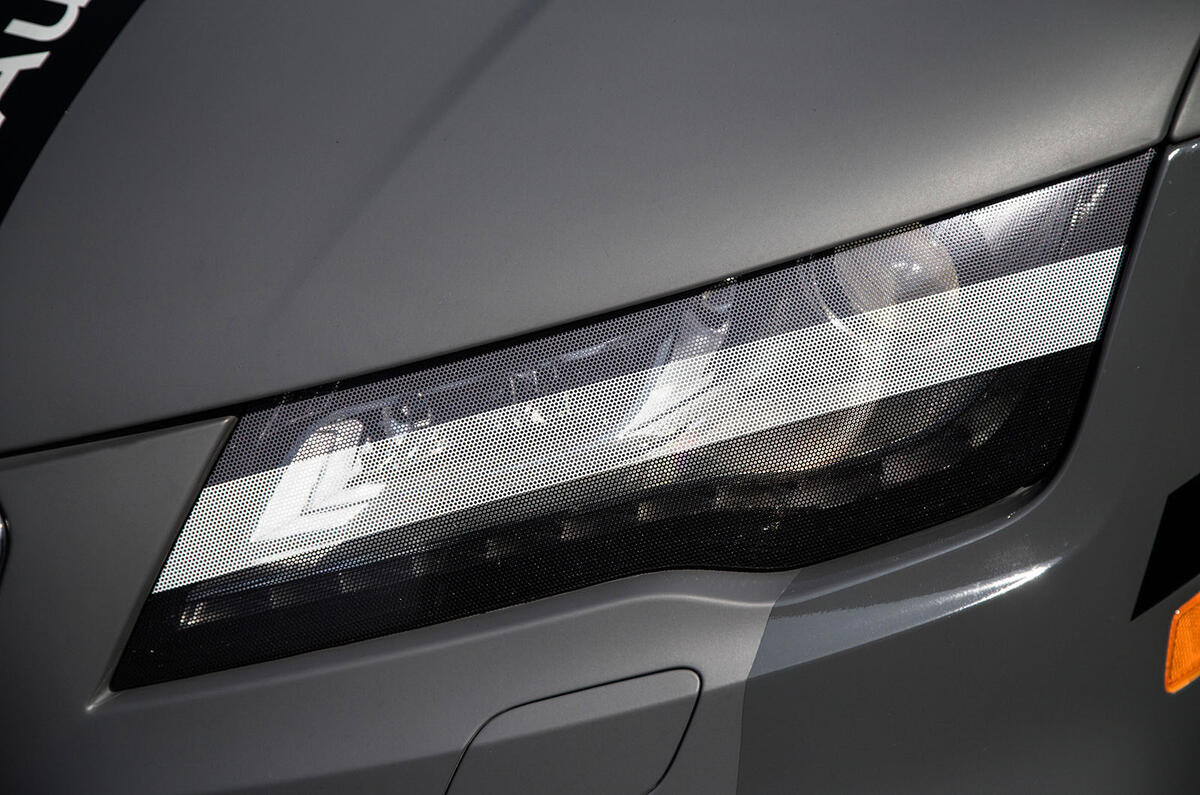
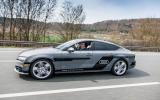
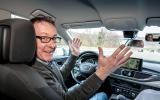
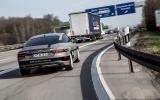
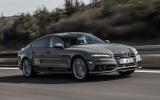
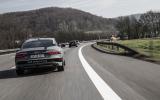
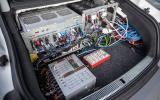
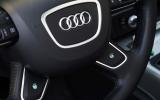
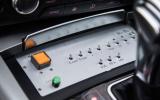


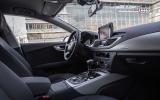
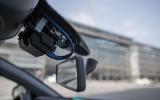
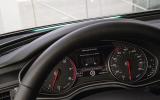
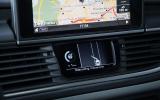
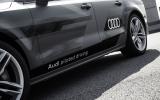
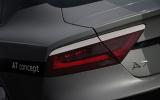
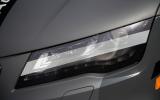



Join the debate
Add your comment
Even when they have made the
Frightmare Bob wrote:Even
All the gubbins you see in the boot of the test car has already been reduced to the size of a small Shoe box.
Face detection?